May 17, 2025 | 12:50 GMT +7
May 17, 2025 | 12:50 GMT +7
Hotline: 0913.378.918
May 17, 2025 | 12:50 GMT +7
Hotline: 0913.378.918
Away from the hustle and bustle of the city life, visitors to Can Gio District can immerse in the natural beauty and vibrant scenery, with opportunities to explore and learn about the fascinating Can Gio mangrove forests.

Residents of Can Gio District cultivate mangrove forests to combat climate change. Photo: Nguyen Thuy.
Can Gio District, the only island district in Ho Chi Minh City, is famous for its mangrove forests, which form the Can Gio Mangrove Biosphere Reserve, the first in Vietnam to receive official recognition from UNESCO in 2000. These mangrove forests hold an extremely crucial position and role for Ho Chi Minh City, often referred to as the city's "green lung." They help regulate the environment, mitigate the impacts of climate change and act as a natural barrier against storms and floods.
Additionally, the district boasts a rich diversity of flora and fauna, with a natural ecosystem encompassing rivers, canals, and the sea, serving as a breeding ground for various aquatic species.
The mangrove forest in Can Gio district has remained in excellent shape as a result of efforts to restore the region's ecosystem. Additionally, the district has worked to balance the ecology for a developing metropolis such as Ho Chi Minh City by promoting the purifying and renewing qualities of its green coverage, especially as the nation approaches its Net Zero goal.
According to experts, mangrove forests have a carbon sequestration capacity four to ten times higher than that of regular forests. The leadership of Ho Chi Minh City and Can Gio District must utilize their regions' significant potential in carbon credits and prioritize the protection of forest resources and conservation of the mangrove ecosystem. Consequently, the local governments have actively pursued efforts to plant new forests, with a focus on achieving green growth.

Lumnitzera littorea, a rare tree species, under cultivation in Can Gio District. Photo: Nguyen Thuy.
According to Bui Nguyen The Kiet, Head of the Resource Development Management Department at the Can Gio Protection Forest Management Board, the department aims to support reforestation and biodiversity conservation efforts by focusing on the cultivation and dispersal of rare species with small populations in the forest.
The nursery under the Resource Development Management Department at Can Gio Protection Forest Management Board has cultivated nearly 500,000 trees since 2015, which include 5,000 Lumnitzera littorea trees, a species listed in Vietnam's Red Data Book. In addition to maintaining seed sources and genetic diversity, the department is making preparations to restore forests by cultivating this rare species, along with Bruguiera, Rhizophora apiculata Blume, and white Lumnitzera littorea, to further increase biodiversity.

The Can Gio mangrove forest acts a shield that protects the mainland from climate change and extreme weather events. Photo: Nguyen Thuy.
At present, Can Gio mangrove forest is home to 35 species of mangrove trees, a testament to the district's efforts in biodiversity conservation.
Bui Nguyen The Kiet remarked, "Our reforestation efforts have consistently met the required standards. The Ministry of Agriculture and Rural Development only requires 50% forest coverage in regulated areas, meaning a 50% survival rate with even distribution is sufficient to meet the criteria. However, the majority of our projects in Can Gio achieve a survival rate of at least 80 to 90%.
The afforestation is a complicated process that takes at least five to six years to complete. It may even take up to ten years after planting and protecting the area for it to meet the government's forest standards in challenging conditions."
Dr. Huynh Duc Hoan, Head of the Can Gio Protection Forest Management Board, revealed that the board aims to manage, protect, and tend to over 34,000 hectares of forest areas in 2024. Furthermore, they will implement various programs for reforestation, nurturing, and promoting natural regeneration.
"Our plans for 2024 include cultivating over 180 hectares of new forest area and promoting the natural regeneration of 200 hectares. Additionally, we will continue to tend to 150 hectares of forest areas cultivated between 2016 and 2020 across the entire Can Gio mangrove area," Dr. Hoan emphasized. He also noted that Ho Chi Minh City and Can Gio District have assigned the board the crucial task of effectively deploying reforestation efforts in conjunction with sustainable carbon certification.
With the restoration of the local ecosystem and vegetation, Can Gio mangrove forest currently houses three wildlife conservation areas: the crab-eating macaque reserve, the bat reserve, and the waterbird reserve. Related agencies are currently planning and developing butterfly and bird-watching tours in Can Gio District.

Local forest protection forces regularly monitor and inspect the Can Gio mangrove ecosystem. Photo: Nguyen Thuy.
Dr. Huynh Duc Hoan acknowledged the Can Gio mangrove forest's role as a significant "green carbon sink," with an estimated carbon credit value ranging between 1.5 and 1.8 times higher than that of other forest types. Moreover, Can Gio is solely responsible for sequestering carbon and reducing greenhouse gas emissions for Ho Chi Minh City. "The carbon storage capacity in Can Gio mangrove forest is 3 to 3.5 times higher than average. With effective planning, this feature presents a major opportunity for the carbon credit market," Dr. Hoan stated.
For areas of degraded land that are difficult to restore, Ho Chi Minh City is researching a technical process to fully rehabilitate these areas under the "Green Can Gio" program. This initiative includes building a community to protect the forest, promoting forest development, creating employment opportunities, and generating income for residents through reforestation. This effort aims to establish a sustainable green barrier that protects the environment for Ho Chi Minh City and neighboring regions.
In addition to reforestation activities, the Can Gio Protection Forest Management Board will collaborate with other stakeholders to effectively prevent forest fires in compliance with the "three on-site" and "five readiness" principles. As a result, Can Gio District recorded no forest fires in 2023.
Le Truong Hien Hoa, Deputy Director of the Ho Chi Minh City Department of Tourism, remarked that Can Gio is an ideal destination for tourism, ecology, relaxation, health recovery, and scientific research thanks to its abundant natural resources.

The community-based tourism model in Thieng Lieng islet, Can Gio District, is a popular destination for both domestic and international tourists. Photo: Nguyen Thuy.
Can Gio also boasts rich local cultural values, including fishing villages and brackish and saltwater aquaculture areas. The region is also home to a long-established community with unique festivals rooted in an agricultural and fishing culture, all within the major urban area of Ho Chi Minh City.
Recognizing these advantages, Resolution No. 12 issued by the Standing Committee of the Ho Chi Minh City Party Committee in 2022 sets the goal for Can Gio District to become a high-quality, competitive city of resort and ecological tourism by 2030. This vision includes developing ecotourism in Can Gio District with a focus on creating a distinctive model for biodiversity conservation, natural preservation, a world biosphere reserve, and climate change resilience. Accordingly, these targets aim to further advance Vietnam's Net Zero goal.
According to Dr. Huynh Duc Hoan, building a "green Can Gio" and promoting green tourism requires forest restoration, reforestation, and biodiversity enhancement, as well as reducing environmental emissions. As a result, raising awareness among students and the community and encouraging participation in ecological preservation, ecotourism, green activities, and reducing plastic waste in the ocean are essential steps within this initiative.
Translated by Nguyen Hai Long
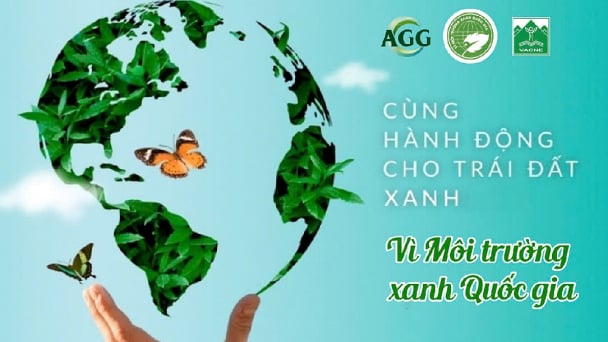
(VAN) The 'For a Green National Environment' programme aims to promote a green lifestyle, support businesses in implementing ESG practices, and turn Net Zero commitments into concrete actions.

(VAN) Cold-barn systems efficiently manage environmental and temperature conditions, which aids in the prevention of respiratory diseases in pigs and protects them from the vectors that transmit African swine fevers.
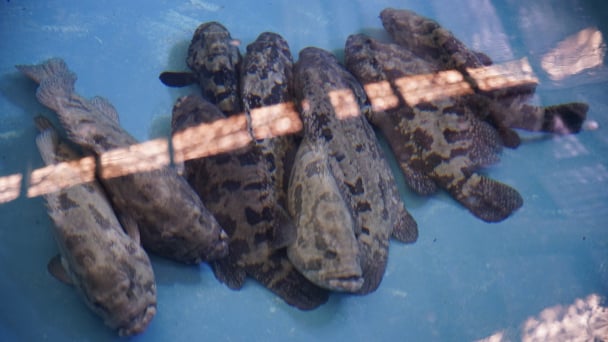
(VAN) To tackle challenges, the project 'Addressing key technical bottlenecks in the grouper supply chain in Vietnam' has been underway since 2024.
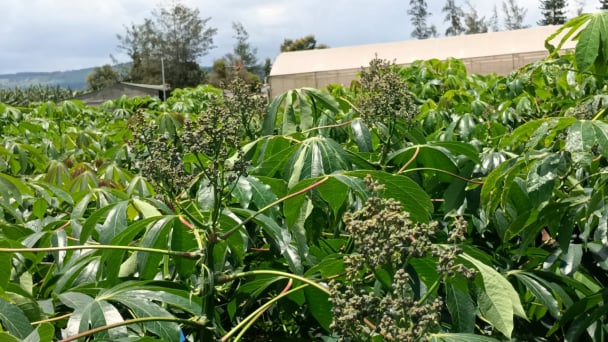
(VAN) The project 'Disease-Resilient and Sustainable Cassava Production Systems in the Mekong Region', funded by the Australian Center for International Agricultural Research (ACIAR), is being implemented from 2024 to 2028.
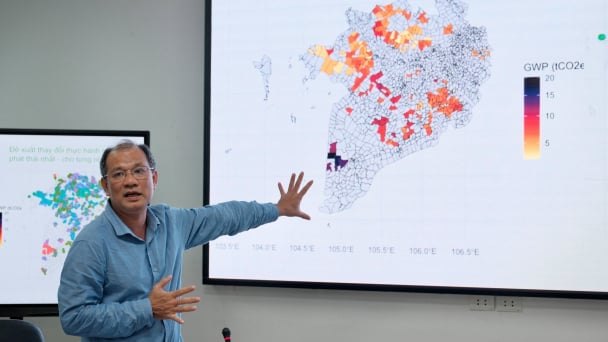
(VAN) Data from 10,000 farming households will help professionalize production organization and support the implementation of the One Million Hectares Program for High-Quality, Low-Emission Rice Cultivation.

(VAN) FAO Director-General QU Dongyu marks International Day of Plant Health at NENA conference.
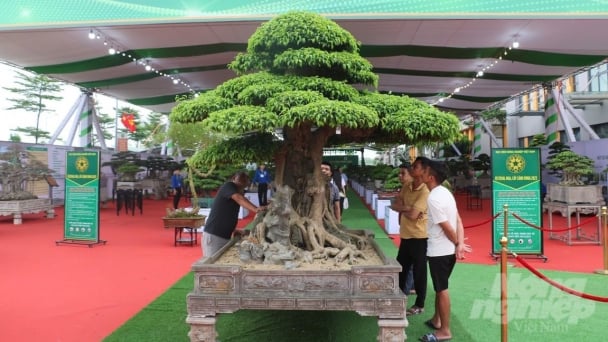
(VAN) Deputy Minister of Agriculture and Environment Hoang Trung affirmed that floriculture and ornamental plants are a growing industry that receives significant global attention.